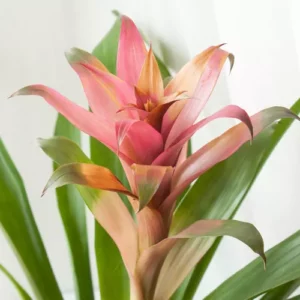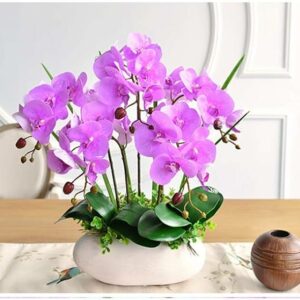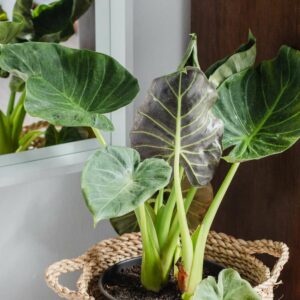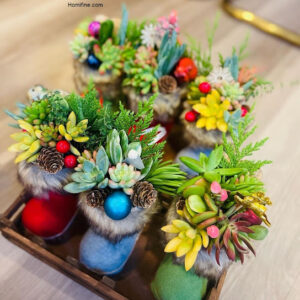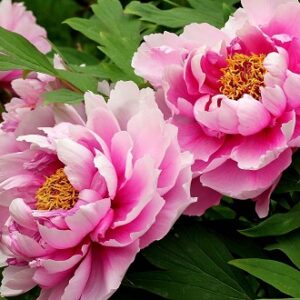Se cree que las plantas de caucho estimulan la buena suerte, la riqueza y la prosperidad. En el feng shui, estas cualidades están asociadas con la esquina sureste de tu casa o habitación. Las plantas de caucho son ideales para una oficina porque también pueden aumentar la prosperidad en tu carrera, que está asociada con el norte.
Acerca de las plantas de caucho

Also known as the rubber fig or rubber tree, rubber plants (Ficus elastica) are members of the fig family (Moraceae). These plants are indigenous to parts of Southeastern Asia like Bhutan, India, and Indonesia. Rubber plants have also spread to Florida, Hawaii, Sri Lanka, and parts of the West Indies.
These plants get their common name from the milky latex they produce, which was once used to make rubber. Rubber plants thrive in humid tropical rainforests, where they can grow up to 130 feet tall. As a rubber tree grows, it uses aerial roots to stabilize itself in the soil. In India, rubber trees are trained to create organic bridges.
Rubber plants have dark green oval-shaped foliage. The rounded leaves have a thick, almost leathery texture and a glossy finish. As young leaves emerge, they’re protected by a fleshy ‘sheath’ that drops away when the new leaf is ready to unfurl.
Rubber plants are extremely popular as ornamental houseplants. They have low-maintenance care requirements and provide several benefits, including purifying the air, boosting productivity, and improving memory. What’s more, rubber plants come in several cultivars, including ‘Robusta’ and some variegated cultivars.
Rubber Plants and Feng Shui

Rubber plants also bring a range of feng shui benefits to your home. These low-maintenance plants are associated with good fortune, prosperity, and wealth. This means that rubber plants are ideal feng shui plants for your home office if you need to boost your productivity and success.
Like all houseplants, rubber plants are strongly connected to the wood element in feng shui. The Five Elements Theory, also known as Wu Xing, is an important discipline of feng shui. It focuses on the qualities and relationships of five elements; earth, fire, metal, water, and wood.
The wood element represents growth, originality, rejuvenation, spirituality, and trust. The wood element is also associated with desirable factors like health and wealth.
Where to Position Rubber Plants in the Home
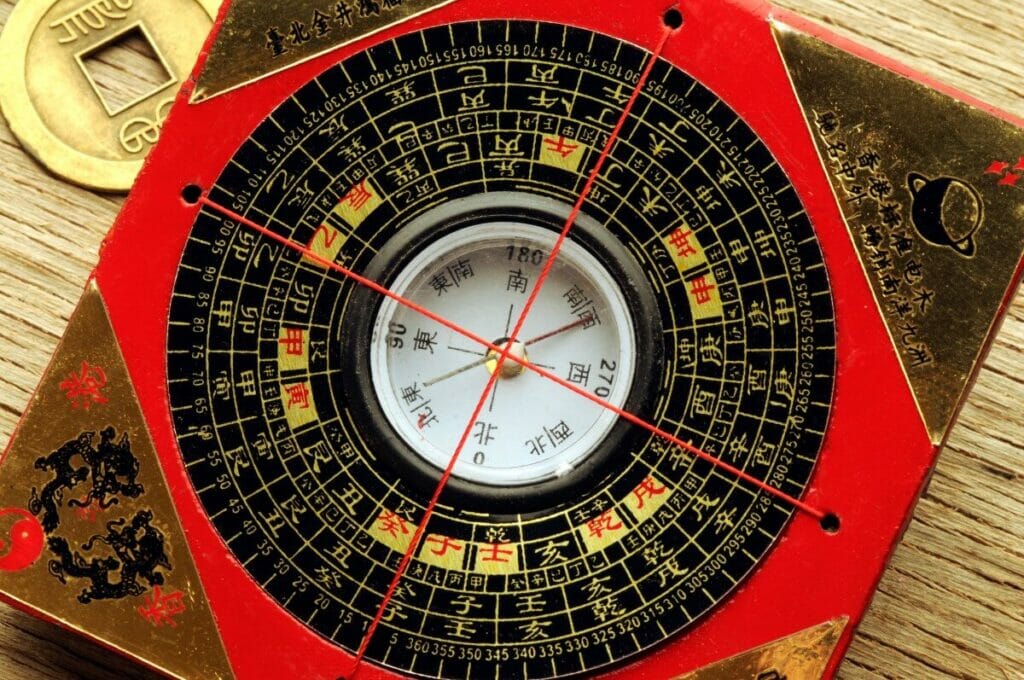
According to the Bagua Map
Feng shui is an ancient Chinese philosophy focusing on the quality of the energies flowing through our home. Practitioners can influence and harmonize these energies by choosing the colors and objects used in each room. This is done using the Bagua map, which is broken down into nine areas:
- Center = Health (Tai Qi)
- North = Career (Kan)
- Northeast = Knowledge (Gen)
- East = Family (Zhen)
- Southeast = Prosperity and Wealth (Xun)
- South = Fame and Reputation (Li)
- Southwest = Relationships (Kun)
- West = Children and Creativity (Dui)
- Northwest = Travel and Helpful People (Qian)
Rubber plants are associated with good fortune, prosperity, success, and wealth. These attributes are governed by the southeastern part of the Bagua map. So, place rubber plants in a southeastern location to boost your prosperity.
Rubber plants make ideal feng shui plants for a home office. Not only can they promote prosperity and success, but they can also increase yang energy. Yang energy is active and busy, which is precisely the type of environment you want when trying to work from home.
The east and southeastern areas of the Bagua map are linked to the wood element. Living plants are ideal additions if you’re trying to cultivate the wood element. The East of the Bagua map is associated with family, so rubber plants make an excellent addition to family spaces.
Feng shui is as much about texture and feel as it is about elements. Sharp corners or objects are believed to add negative, attacking energy that you don’t want in your home. Rubber plants have soft, rounded foliage that helps diffuse negative energy in areas with many sharp corners.
The Best Locations for Rubber Plants Based on Their Care Needs

Rubber plants require bright indirect light to thrive, although they can tolerate some shade. Eastern or southeastern-facing windows are ideal because they get the sun in the morning when it’s less intense. These locations tie in nicely with the best spots for rubber plants, according to the Bagua map.
Rubber plants also require warm temperatures and moderate humidity. Rubber plants should be positioned somewhere with stable temperatures ranging from 60 to 75ºF. Avoid places with dry, cold, or hot drafts from air vents and radiators.
Where NOT to Place Rubber Plants in the Home

As mentioned earlier, the Five Elements Theory of feng shui looks at the interconnected relationship between the five principal elements. These interactions aren’t always positive – some elements can weaken or clash with others, creating negative energy. Rubber plants are associated with the wood element, making them vulnerable to certain other elements.
Fire weakens wood because fire consumes and burns wood in nature. On the Bagua map, fire is linked to the South, which governs fame and reputation. If rubber plants are placed somewhere associated with the fire element, their ability to boost prosperity and success may be diminished.
Wood is also vulnerable to the metal element, and the two are seen to clash in feng shui. Metal is associated with the West and Northwest of the Bagua map. Areas of the Bagua map linked to metal aren’t suitable for rubber plants because metal chops through wood in nature.
Rubber plants are great for rooms that need yang energy. However, they don’t necessarily work for areas that should have yin energy. Yin energy is calming and restful, which is desirable in a bedroom. Avoid placing rubber plants in your bedroom to promote more yin energy.
Where to Place Rubber Plants Outdoors
In certain areas of the US, rubber plants can be grown outdoors in gardens or on patios. As tropical plants, rubber plants are best suited to USDA Growing Zones 10 to 12. In other areas, rubber plants are best grown in pots and placed outside during the summer. But when winter comes, protect them indoors.
Rubber plants do best in an outdoor space that gets bright, indirect morning sunlight and partial shade for the rest of the day. These plants also prefer a warm, humid environment sheltered from strong winds. Outdoor rubber plants should be watered if the top inch of the growing medium is dry.
Essential Rubber Plant Care

Rubber plants are incredibly hardy houseplants yet have dramatic enough foliage to appeal to beginners. Rubber plants prefer bright, indirect sunlight from east or southeast-facing windows. They can tolerate periods of shade.
Rubber plants aren’t heavy drinkers and usually require water every week or so during spring and summer. If the top inch or two of soil feels dry, give them a drink. To prevent root rot and overwatering, rubber plants need well-draining soil. A 1:1:1 mix of standard potting mix, pine bark, and perlite or sand should do the trick.
Estas plantas de interior tropicales prefieren el calor y la humedad constantes. Las temperaturas ideales para las plantas de caucho oscilan entre 60 y 75 ºF con niveles moderados de humedad. Si te sientes cómodo, es probable que tu planta de caucho también lo esté. Rocíe las hojas o use un humidificador o una bandeja de guijarros para aumentar la humedad si es necesario.
Las plantas de caucho deben trasplantarse una o dos veces al año durante la primavera. Las plantas de caucho se pueden propagar mediante esquejes, que deben mantenerse calientes y húmedos hasta que se establezcan. Fertilice las plantas de caucho cada cuatro a seis semanas durante la temporada de crecimiento, pero deténgase en el invierno.
